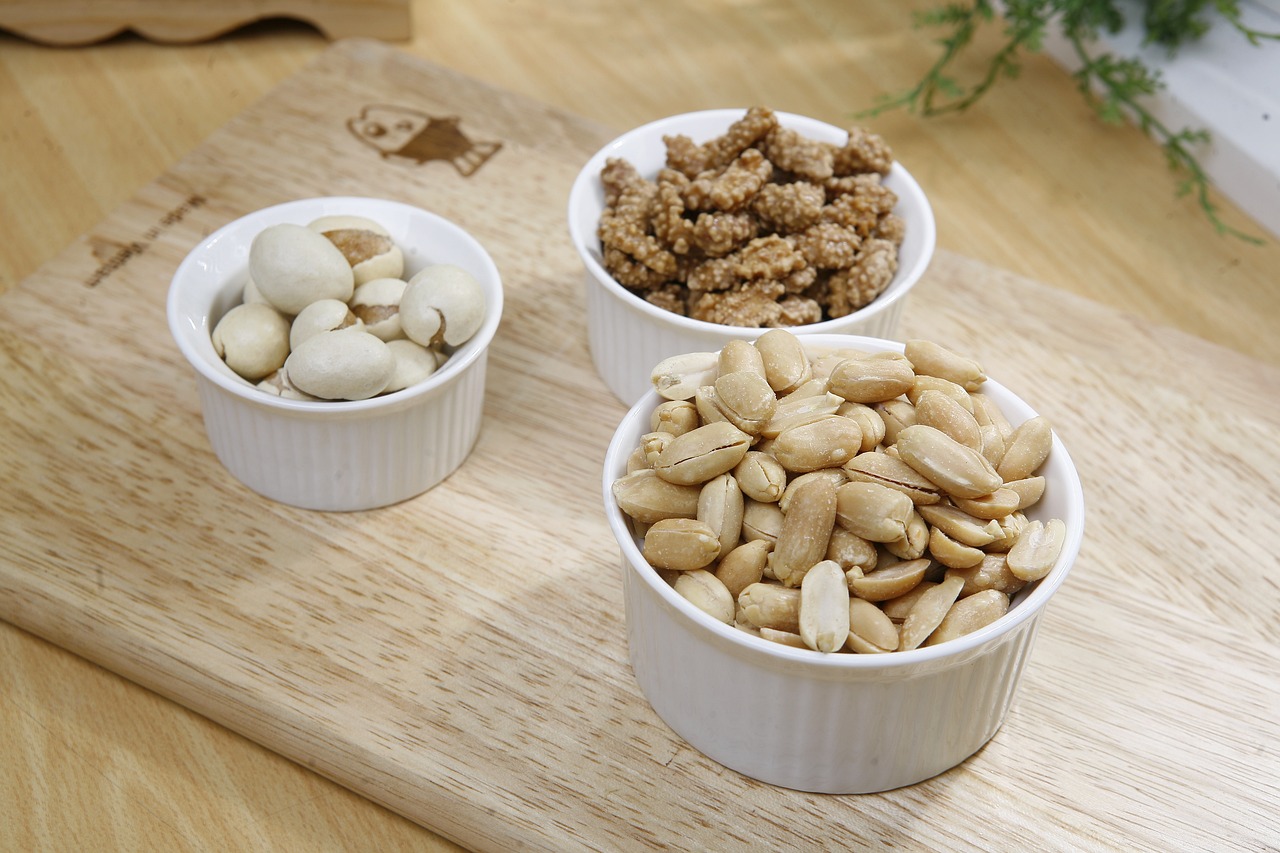For the elderly, it is often important to eat many snacks in order to get enough nutrition.
This article is translated with AI and written based on Swedish conditions. Hopefully, it can inspire interested parties from other countries.
Offering several small and nutritious meals throughout the day is a crucial strategy to prevent malnutrition among elderly in nursing homes. By ensuring sufficient energy intake and including protein-rich foods, you can contribute to better health and quality of life for the residents. Being aware of the importance of several small meals and actively working to implement this is crucial for good and safe care.
 Bild: Pixabay
Bild: PixabayWhy are multiple small meals important for the elderly in nursing homes?
Undernutrition is a common problem among elderly people living in nursing homes, and it can have serious consequences for their health and well-being. An effective strategy to prevent undernutrition is to offer several small and nutritious meals throughout the day. This article describes why this is important and how it can contribute to a better quality of life for the residents.
Undernutrition is common among the elderly
According to the National Food Agency, undernutrition is common among elderly people who receive care. This can be due to a range of factors, such as decreased appetite, difficulties swallowing, or chronic diseases. Undernutrition can lead to deteriorating health, increased morbidity, and a reduced quality of life. Therefore, preventing undernutrition is an important part of care in nursing homes.
Multiple small meals can make a difference
To prevent undernutrition, it is vital to offer several small and nutritious meals throughout the day. According to the National Food Agency, six or more small meals could be the difference between life and death for an elderly person with a poor appetite. Eating four meals or fewer, or fasting for eleven hours or longer overnight, can increase the risk of undernutrition. By offering several small meals, it can be ensured that the residents get enough energy and nutrition throughout the day.
Energy- and protein-dense meals
For the small meals to be effective, it is crucial that they are energy- and protein-dense. Protein is especially important for maintaining muscle mass and supporting the body's repair processes. Including foods such as eggs, fish, meat, beans, and dairy products in the meals can help ensure adequate nutrition. Additionally, small snacks, such as yogurt, nuts, or fruit, can be a good way to increase energy intake.
Benefits of multiple small meals
Better nutrient absorption – Small portions are easier for the elderly with decreased appetite or swallowing difficulties to eat.
Stable energy levels – Several meals throughout the day help maintain stable energy levels and avoid fatigue.
Prevention of undernutrition – By offering multiple small meals, the risk of undernutrition and its consequences can be reduced.
Tips and ideas for working with snacks in nursing homes
Offering snacks is an important part of ensuring that the residents get enough energy and nutrition throughout the day.
Variety and nutritious options
For the snacks to be both enticing and nutritious, it is important to offer a wide range of options.
Fruits and vegetables – Sliced fruit, berries, or vegetable sticks with a dip on the side.
Dairy products – Yogurt, cottage cheese, or small pieces of cheese.
Nuts and seeds – A handful of nuts or a small bowl of sunflower seeds.
Bread and crackers – Small sandwiches, crispbread, or whole grain crackers with toppings.
Smoothies – Nutritious smoothies with fruit, vegetables, and yogurt or milk.
Small and easy-to-eat portions
For the elderly with decreased appetite or swallowing difficulties, it is important that the portions are small and easy to eat.
Mini-portions – Offer small portions that do not feel overwhelming.
Soft options – Choose soft foods that are easy to chew and swallow, such as soft fruit or pudding.
Frequent occasions – Offer snacks at multiple occasions throughout the day, for example, between breakfast and lunch, between lunch and dinner, and in the evening.
Appealing presentation
The presentation of the food can make a big difference in how appealing it is perceived.
Colorful plates – Use colorful plates and bowls to make the food more inviting.
Small pieces – Cut fruits and vegetables into small, easy-to-eat pieces and arrange them nicely on a plate.
Personal touch – Customize the presentation according to the residents' preferences and create a personal experience.
Social snacks
Snacks can also be a social activity that promotes community.
Communal coffee breaks – Organize regular coffee breaks where the residents can meet and enjoy a snack together.
Snack bar – Create a bar where the residents can choose between different snacks and create their own plate.
Thematic snacks – Organize theme days with special snacks, for example, "Breakfast at Night" or "Smoothie Day".
Individual adaptation
Each resident has different needs and preferences, and it is important to adapt the snacks to these.
Personal preferences – Find out which foods and flavors the residents prefer and adjust the snacks accordingly.
Special diets – Make sure to offer options for residents who have special diets, such as lactose-free or gluten-free food.
Health conditions – Adapt the snacks to the residents' health conditions, for example, soft options for those with swallowing difficulties.
Engage the residents
Engaging the residents in the planning and preparation of snacks can increase their interest and appetite.
Cooking together – Organize cooking activities where the residents can participate in preparing snacks.
Tasting – Let the residents taste and give feedback on different snack options.
Personal choice – Let the residents choose between different options and create their own plate.
Reflection questions - Snacks
Care staff
- How do you work to offer varied and nutritious snacks?
- What challenges do you see in getting the residents to eat snacks?
Manager, nurse, occupational therapist, and physiotherapist
- How do you view the importance of snacks in preventing undernutrition?
- How can you work to ensure that the residents get enough energy and protein through snacks?
Residents and relatives
- Do you feel that your relative gets enough snacks throughout the day?
- How do you perceive the quality and variety of snacks at the residence?
Erland Olsson
Specialist nurse
Sofrosyne - Better care every day

Aktuellt i media
-
2025-04-14 04:00
08 Förebyggande o lokaler
The art of furnishing a nursing home, a balancing act between homeliness, functionality, and hygiene aspects.
info -
2025-04-10 04:00
04 Bemötande
Waking up in a nursing home - is the morning routine adapted to each individual's needs?
info Bild: Pixabay
Bild: Pixabay -
2025-04-07 04:00
09 Mat och måltid
For the elderly, it is often important to eat many snacks in order to get enough nutrition.
info Bild: Pixabay
Bild: Pixabay -
2025-04-03 04:00
04 Bemötande
What creates safety in elderly care homes - advice and tips on creating a secure environment for the residents
info -
2025-04-01 00:00
10 Aktivitet o funktionsbevarande arbetssätt
Reminiscing, working with memories, is an activity that creates a lot of added value for people with dementia.
info - 2025-03-31 04:00 05 Planering

